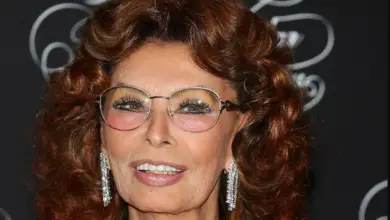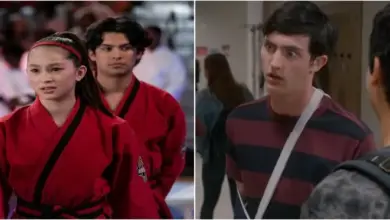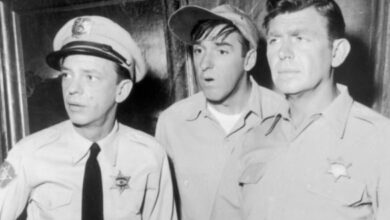Moe, Larry and Shemp: Three Stooges brought slapstick comedy to Binghamton in 1950
Gerald SmithSpecial to Binghamton Press & Sun-Bulletin
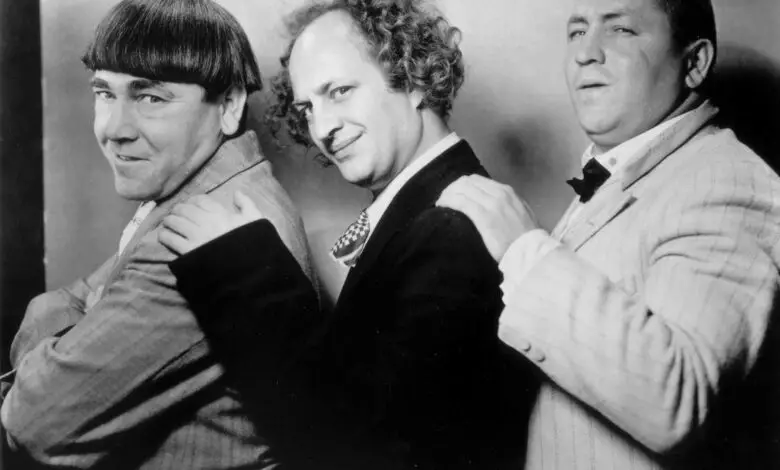
It was May 1950, and the Triple Cities region was in the midst of the post-World War II growth. The baby boomer generation was increasing each year, and EJ, IBM, GE, Ansco and Link were the major employers in the region.
The era of television had arrived a year before when WNBF-TV went on the air. While the increasing number of television screens in the area was just beginning, the popularity of the “boob tube” would give rise to a number of starts, from Milton Berle to Sid Caesar, and, by the early 1960s, the Three Stooges.
While television might have been a growing form of entertainment in 1950, it was certainly not the only one. Movies were shown across multiple theaters in the region, and some of those theaters also had stages were live shows continued to bring what some would still call vaudeville to the people of the area.
The largest of those theaters in this area was the Capitol Theatre on Exchange Street in Binghamton. With its chandeliers, oriental carpeting, gold and gilt furnishings, it oozed class. One might expect a performance by Lawrence Olivier, or Ethel Barrymore might grace the stage and raise up the culture level of the area.
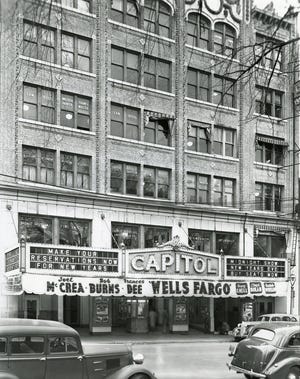
One might, but in May 1950, you would be wrong. Unless, of course, Olivier also liked to poke his fellow performers in the eye or yell out “nyuk, nyuk.” No, that never would happen.
But it did on May 1, 1950, as a stage show was booked for that Saturday that included Maureen Cannon, a songstress from Broadway; Al Schenk, the Atomic Comic; June and Martin Barrett and their Ballet in Taps act; and Al Mardo and Irene Haye and their dog act. The performance also included music performed by Phil Brito and Square Dance Katy, and local musician Don Gray and the Capitol Theatre Orchestra.
The main attraction, however, was Moses Horwitz, Louis Feinberg and Samuel Horwitz. They were better known by their stage names of Moe Howard, Larry Fine and Shemp Howard — the Three Stooges. The act, known for its physical comedy — hitting, poking in the eyes, falling, and many other types of comedy — had already been active as a group for three decades.

Starting in 1922 as Ted Healy and His Stooges, the composition of the group continued to evolve. Healy dropped out, and Shemp Howard (Moe’s brother) stepped away to be replaced by yet another brother, “Curly” Howard. In 1934, the group was put under contract with Columbia Pictures. From that year until 1946, the group filmed over 90 shorts to be played along with main film attractions at theaters across the nation.
It was during this period that the group met its largest success. In between filming shorts, the group continued to tour across the country at local venues, such as the Capitol Theatre.
In 1946, Curly suffered a devastating stroke and was forced to retire from the group. Unwillingly, Shemp came back to the group for what he hoped was a few performances. Those performances would last another decade, bringing the original composition of the Stooges to Binghamton in 1950.
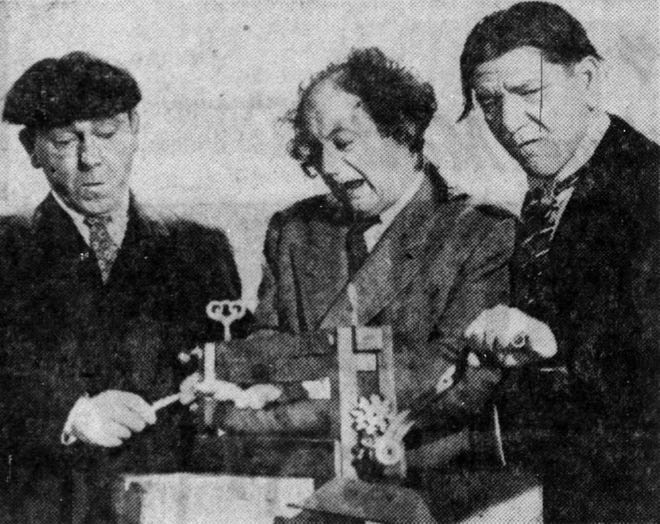
Further changes in the group all revolved around the Curly/Shemp/Curly Joe makeup throughout the 1950s and 1960s. The advent of television and many more shorts provided ample material for the Three Stooges to see another rise in their popularity in the 1960s.
Illness and death would end the final run of the Stooges in 1970, but in 1950, area residents could go to downtown Binghamton and enjoy the show for the grand cost of 60 cents for the matinee or 75 cents for the evening performance.
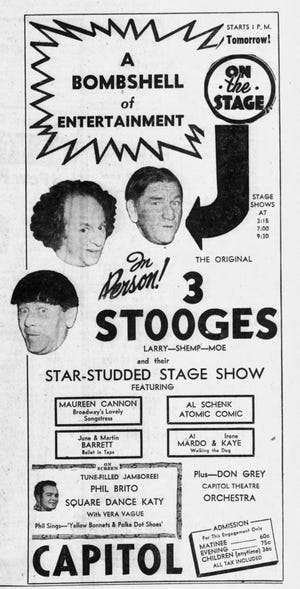
The Stooges were not done with the Triple Cities, as they came back on Feb. 15, 1959, to be part of a two-hour show at the EJ Recreation Center on Main Street in Johnson City — this time with Curly Joe DeRita as the third stooge. A marionette act and a magician/juggler filled out the bill.
Two appearances, bringing joy to hundreds of children of all ages, blessed the community. The Marx Brothers, Abbott & Costello and the Three Stooges — classic physical comedy that still brings laughs today.


